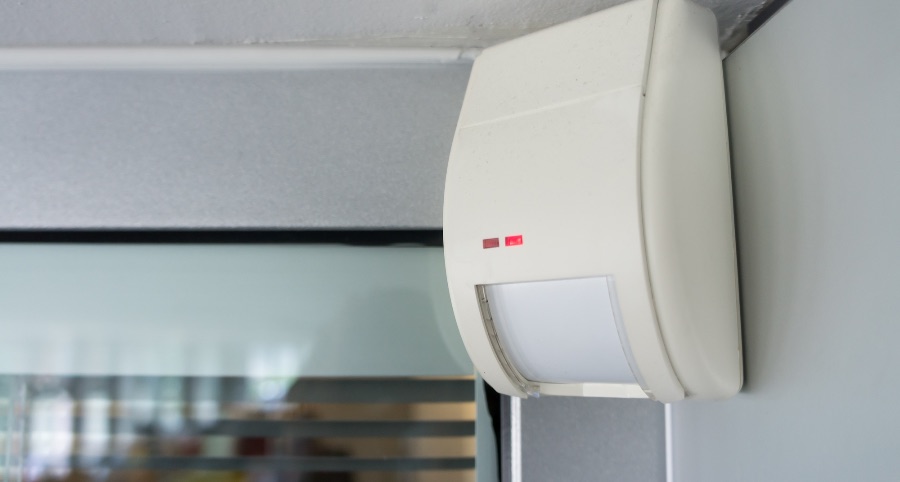How Do Motion Detectors Work In Appleton?

You’ve probably got a pretty good idea of what motion detectors do simply based on their title. Indeed, they sense motion, but how exactly do they work? Take a moment to learn about the technology that powers them and the different sorts of devices you might encounter. You’ll attain a deeper appreciation of how they work and how you may blend them into your contemporary smart home.
What is the technology that drives motion detectors?
Sensing movement can be achieved in several different ways, but motion detectors are ordinarily classified into one of two categories - active or passive.
● Active motion detectors: These devices are deemed active, as they regularly transmit signals like microwaves and then measure the time of response. Motion is indicated when the response time changes. While microwave sensors are most common, you’ll also find active motion detectors that measure sound waves or infrared light.
● Passive infrared (PIR) motion detectors: Commonly seen within home security applications, PIR motion detectors function by discovering shifts in the surrounding temperature. In essence, the instrument learns what the standard temperature ought to be within a given area. If there are rapid increases of heat, like a trespasser creeping along the area, the sensor observes it and triggers your alarm system. Since they aren’t continuously broadcasting signals, passive detectors generally require less power and are more cost-effective to operate.
In addition to passive and active, you may discover hybrid motion detectors that use multiple technologies. These can help minimize false alarms, as each sensor has to be activated before the alarm system sounds. Other possibilities include vibration motion detectors and tomographic devices that are commonly employed in more extensive commercial or industrial locations.
How to implement Appleton motion detectors
The chief goal of motion detectors is to detect motion within a specified area, usually to a distance of 50 feet away. You’ll regularly find them integrated into outdoor floodlights or as freestanding devices within your home. When activity is noticed, they’ll set off your alarm and advise your professional monitoring staff.
But contemporary motion detectors are more versatile than ever before. In fact, they can connect directly with other smart components. To illustrate, they can prompt your integrated smart light bulbs to illuminate or your video camera to record if motion is noticed. They may even signal your smart thermostat to change the temperature.
Receive immediate updates and alter settings for pets
One more tremendous advantage of current motion detectors is that you’ll get notifications transmitted to your mobile phone whenever the detector is set off. If you have house pets, you can even circumvent false alarms by adjusting settings to accommodate the size of your furry companions.
Customize Your Vivint Smart Home With Motion Detectors in Appleton
Now that you have a deeper understanding of how motion detectors work in Appleton, it’s a great time to include them into your modern smart home. Vivint’s motion detectors watch over big areas, provide wide-angle functionality, and last for many years without needing a change of battery. They’ll also work in perfect unison with your additional home automation devices. Are you ready to start? Call (920) 259-2449 to consult with a skilled Vivint representative today.